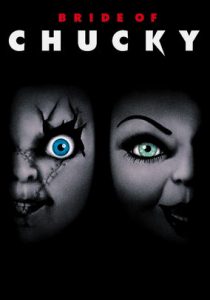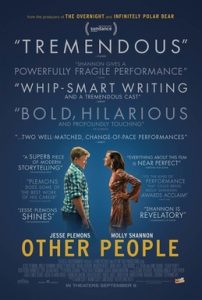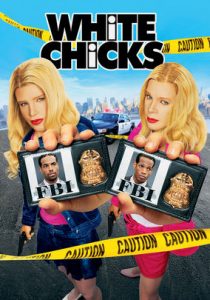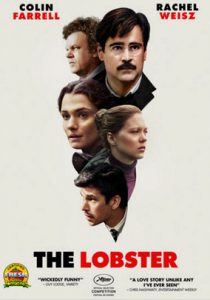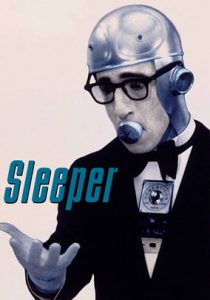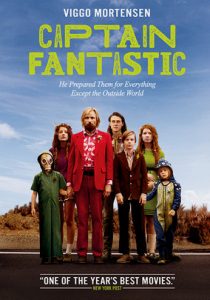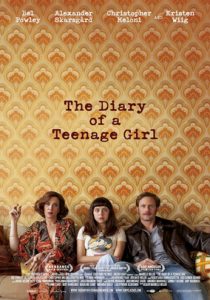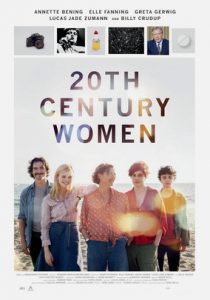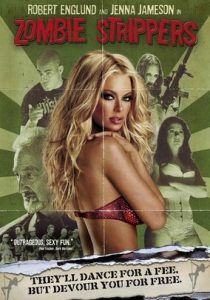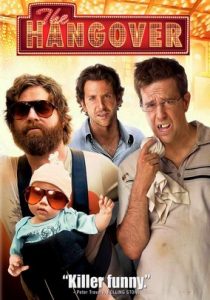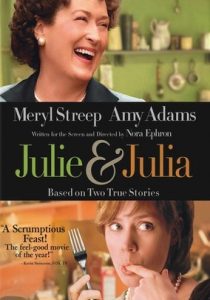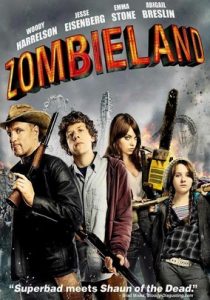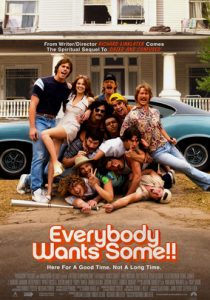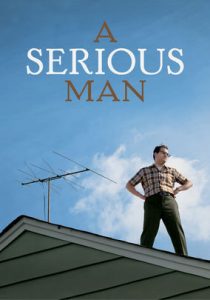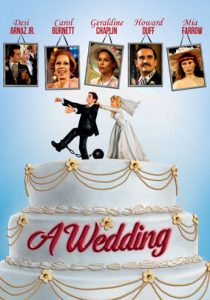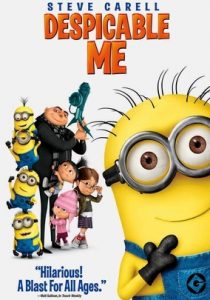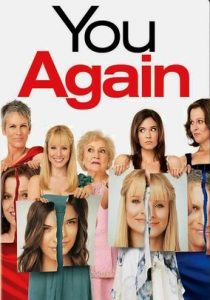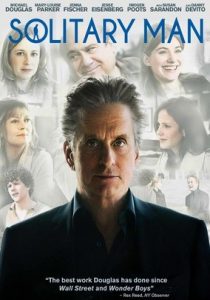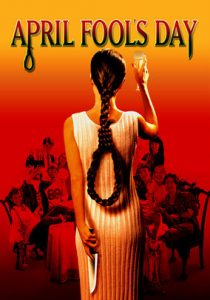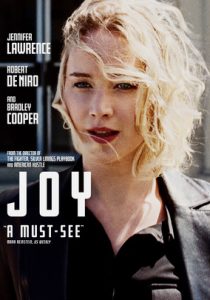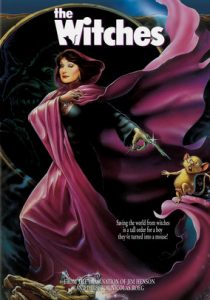Bride of Chucky-1998
Director Ronny Yu
Starring Jennifer Tilly, Brad Dourif
Scott’s Review #680
Reviewed September 11, 2017
Grade: D+
Bride of Chucky (1998) is the fourth installment in the famed late 1980s Child’s Play hit franchise. The late 1980s was not the best time for the horror genre in general, but the film was quite the highlight in a slew of duds.
By this time in the series, (1998), the child/victim of the doll premise is dropped in favor of dark humor, thus the series immerses itself more into the horror-comedy arena.
A treat is the inclusion of a fantastic hard rock soundtrack led by the Rob Zombie classic, Living Dead Girl, adding some points to the film’s final grade, otherwise have been more dismal.
The film is not great and I find perverse pleasure in reviewing poor films. However, Bride of Chucky does have its place- as a late Saturday night viewing choice amid strong cocktails it contains a certain charm.
Not to be taken seriously, the placement of a love interest for Chucky gives the film macabre romantic humor.
Still, the film suffers from lackluster acting and quickly turns into drivel by the time the credits finally roll.
The action picks up from where Child’s Play 3 leaves off and the appearance of Chucky is now weathered and stitched giving the doll a more gruesome and maniacal look- this works given the elimination of a child lead character.
Left for evidence in a police compound, Chucky is stolen by Tiffany Valentine, played by Jennifer Tilly. The girlfriend of a deceased serial killer, Tiffany is convinced that the spirit of her boyfriend exists within Chucky and she is determined to bring him back to life using a voodoo ritual.
When the act finally works, Chucky and Tiffany reunite, but shortly afterward, Tiffany is also turned into a doll and the duo sets out on a killing spree.
The best aspect of the film is the camaraderie between Tilly and actor Brad Dourif, who voices Chucky. The duo has a light, comic banter that is fun to watch, as well as fantastic chemistry.
Granted the actors only voice the dolls for a small part of the film, but their back-and-forth works well.
This is what makes Bride of Chucky tongue in cheek- let’s face it, with talking dolls as your main characters, director Ronny Yu wisely avoids making the killings too grisly or heavy-handed, but rather, frequently uses quips and one-liners throughout the film.
As Chucky and Tiffany slice and dice their way to Hackensack, New Jersey, their motivations are to embody a neighborhood boy, Jesse, and his girlfriend Jade, played by a young Katherine Heigl.
Along the trek, the foursome is faced with ludicrous obstacles, such as the brief introduction of a con artist couple who meet their doom by flying shards of glass after stealing Jesse’s money.
The side story of Jade’s overprotective police chief Uncle, played by a miscast John Ritter, does not work at all. His schemes to plant marijuana in Jesse’s van are little more than plot-driven machinations to advance the thin plot.
The characters of Jesse and Jade are trivial and secondary and Heigl’s acting is particularly garish to say nothing of the lack of any chemistry between Heigl and actor Nick Stabile.
Heigl seems to wear a pout throughout the entire film. But, not to worry, these characters are as meaningless as all the others.
The gimmick ending, surely meant to “spawn” yet another sequel is as interesting as it is grotesque and a small highlight in a poor film.
Bride of Chucky (1998) provides a nice lineage to the history of the franchise, a killer musical score, and decent chemistry among the leads, but also suffers a similar fate to many horror films, especially sequels- poor acting, a silly tone, and no character development.
